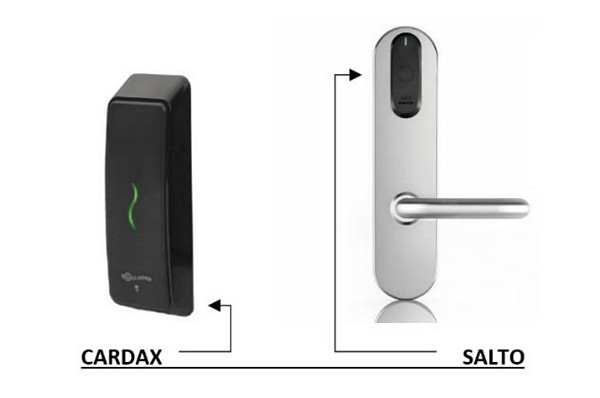ANU Security information on Access cards, keys and locks:
For security issues, maintenance or repairs: School infrastructure team
If you need a key for your office, and your office access had already been approved, see the Oliphant reception. If your access hasn’t yet been approved, read the below explanations.
Those are your induction in the university and in your local area.
Tier 1 means your induction in the ANU.
Tier 2 means your induction in Physics.
Tier 3 means your induction in high-risk areas.
To access Physics buildings, you will need to complete your tier 1 induction and tier 2 induction.
To access high-risk areas in Physics, you will need to complete: your Tier 1 induction, your Tier 2 induction, and as many Tier 3 inductions as high-risk areas.
For example, if you need to access two different high-risk areas, you will need to have done: the one Tier 1 induction, the one Tier 2 induction and two Tier 3 inductions (one for each high-risk area).
More information is available in the school guide to safety
See the school guide to safety
Physics Facilities or Physics Reception, with approval from Physics WHS.
Physics WHS will approve access after the below process is completed.
Access to high-risk areas will only be approved if the above process has been completed, and if a Tier 3 induction to those high-risk areas has been completed. In short:
1-8- all the steps above (general building access).
9- The person’s supervisor or the area’s manager should organise a Tier 3 induction in the area. The form is available from the Physics WHS sharepoint: https://anu365.sharepoint.com/sites/PhysicsWHS From here, click on “Documents”, then “School induction templates”, then download the “High Risk… Tier 3” template. The tier 3 is done in person, and signed, and a copy is given to the inductee.
10- The person should complete all additional courses and requirements which have been identified during that Tier 3 induction. Those might be online or in-person requirements. For example, the person might have to complete a laser user eye test and undertake a laser safety course.
11- The person’s supervisor or the area’s manager should email whs.physics@anu.edu.au the appropriate card access request, with the completed Tier 3 form as an attachment, and confirmation that the person has met all other requirements. That request should include full name, uni ID, dates of access, status (PhD student / visiting fellow / etc), building, high-risk areas.

For internal door access, Physics uses an electronic access control system called Salto. Salto access is granted at the Oliphant reception, and requires the physical card and its holder to be present in order to assign the card to the RSPhys Salto network. Once assigned the card holder may prefer to use the other Salto update points through all RSPhys buildings. Card holders should also regularly update their cards through one of these update points, as the system as an automatic access expiry limit of 30 days.
Only one ANU Salto network might be present on an ANU ID card. So, depending on your circumstances, you might be provided with a separate Salto card. Physics Reception will advice.
For external Physics doors and for all other ANU access, including bike shed, the university uses an electronic access control system called Cardax.